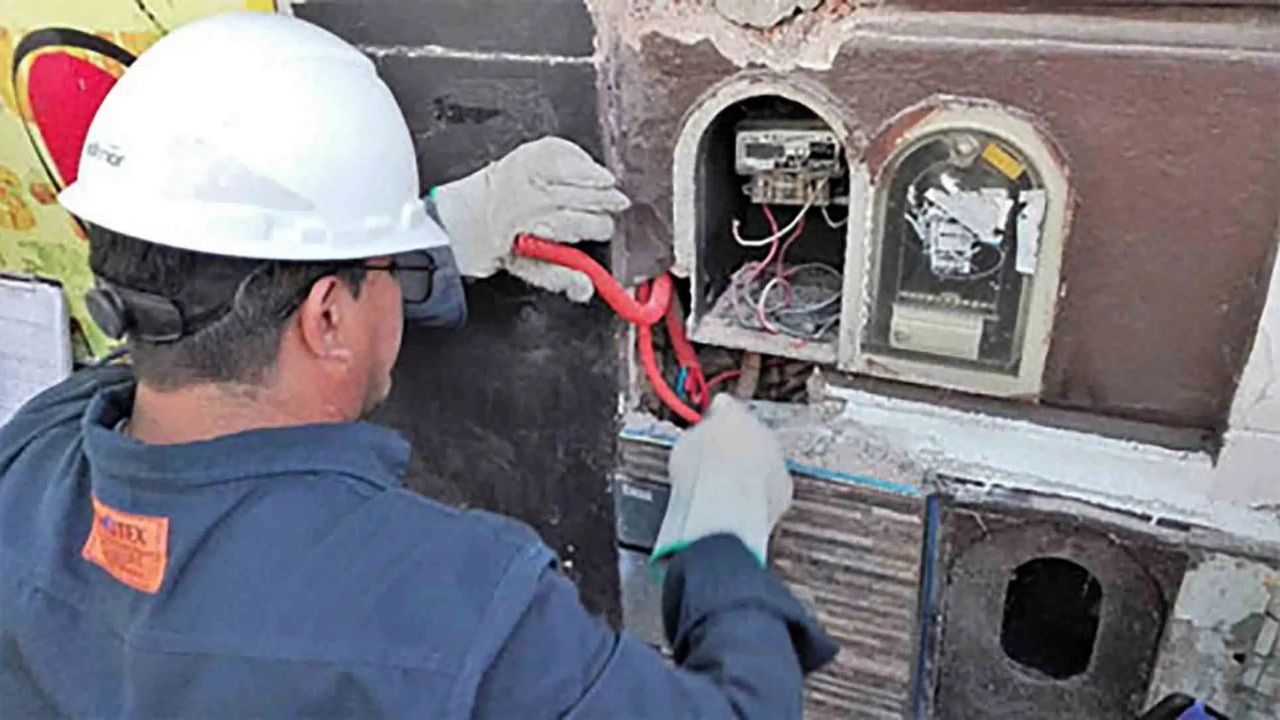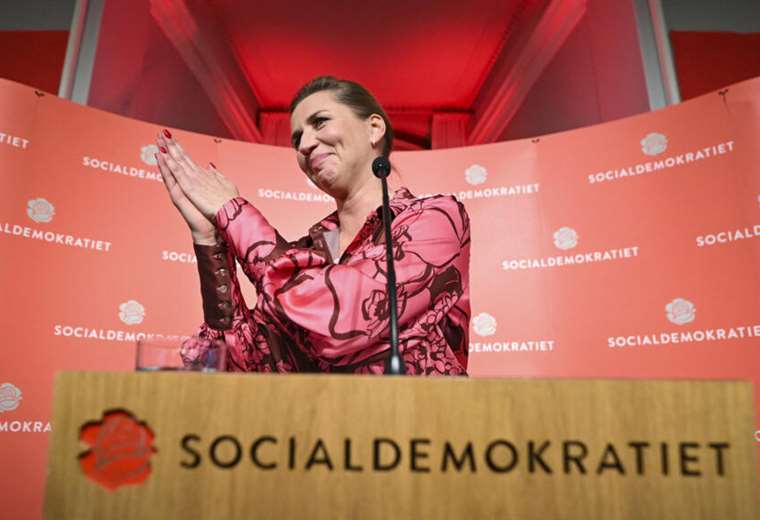There are currently at least half a million homes in Argentina that will lose electricity and gas subsidies, which will increase ratesbut the exact time when that support will no longer be available can be confusing.
The first tickets of rates of electricity and gas without State subsidies start from now on, according to the Government’s energy segmentation plan, always depending on the service that is paid. In the case of cost of the electrical service, from the Government they explained that the removal of subsidies would be done in three sections: the first would be 20% and the other two following 40% each.
This is why the removal of subsidies in the case of electricity will begin to be felt between December 2022 and January 2023, which is when an average increase of 25% will occur with respect to what is paid that month. There are cases where rates they are bimonthly and the cycles of billing depending on the distributor.
There was a delay in the removal of subsidies due to the definition of what to do with users who did not register for subsidies, who will be billed as high-income households. They also clarified from the Ministry of Energy that the first tranche of subsidy removal was passed from the original date agreed from September to October and that there is a period between 30 and 60 days for the changes to reach the ballots.

The full blow to prices, in the case of electricity, will end up being felt approximately by May of next year, estimated from the Government. In addition, businesses and SMEs have already received their first invoices with partial reductions in subsidies.
The case of gas rates
In the case of gas bills, the effects of the first amount of relief have already begun to be seen. The bills that must be paid in November will have a portion of the gas consumed in September and another part with volumes from October, which is when the first update tranche took place.

Nevertheless, the full impact of the haircut will not be felt until March. They also explained from the Ministry of Energy that users may not notice it until winter because gas consumption is significantly lower in the spring and summer months.


















